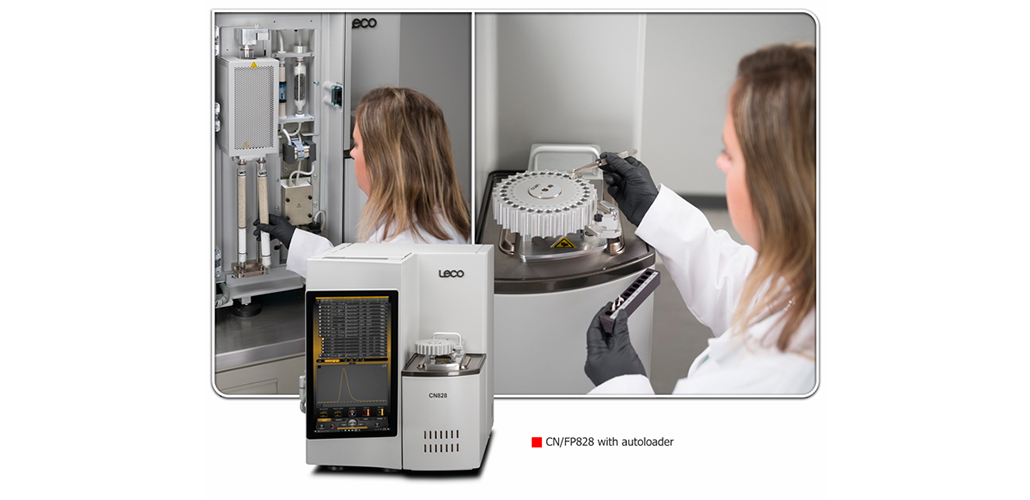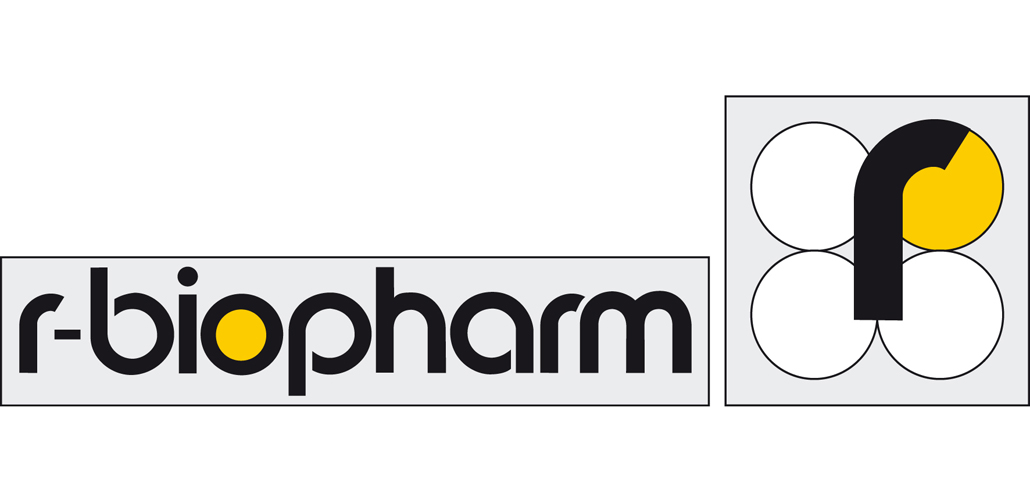Determination of Nitrogen/Protein in Flour LECO 828 series: A Fast Food Solution
Nutrition & Food Sciences / Agro-Food
October 03, 2018Get results that you can count on, while making your lab life easier and more streamlined with LECO latest solution for the analysis of nitrogen and protein, the 828 series.
- Quickly and effortlessly analyzes your challenging samples including feed and milled products.
- Allows you to easily handle a wide range of sample applications by incorporating state-of-the-art hardware and an on-board, touch-screen software platform.
- Macro sample mass capability paired with cycle times as fast as 2.8 minutes with unparalleled sample analysis throughput.
The accurate and precise determination of protein not only plays a role in the characterization of nutritional or dietary value in flours, but is also thee key to determining the category or quality of the flour.
Click here to read more about the sample preparation, accessories, method parameters, procedure and results in the Application Note!




